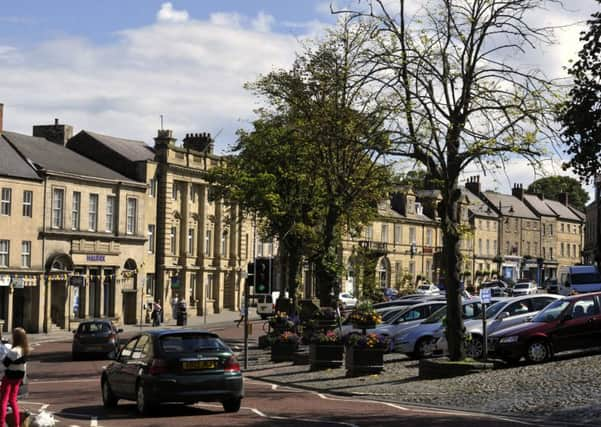Alnwick, Recorded Music Society


Born in London in 1882, Stokowski was one the most famous and influential conductors of the 20th century.
His conducting career started with the Cincinnati Symphony Orchestra in 1909.
Advertisement
Hide AdAdvertisement
Hide AdHe was soon introducing the works of contemporary composers, such as Sibelius and Rachmaninov, and conducted the first American performance of Elgar’s Second Symphony.
In 1912 he took up the prestigious post of conductor of the Philadelphia Orchestra, but it was not until 1917 that he was persuaded by the Victor Talking Machine Company to make his first gramophone records.
David played an acoustic recording of Brahms’ Hungarian Dance number six, made in that year.
At this stage Stokowski was far from satisfied with the primitive sound quality achieved, and although he recorded 450 sides over the next seven years, only 66 were approved by him for release.
Advertisement
Hide AdAdvertisement
Hide AdHowever, in 1925, the conductor made his first electrical recording of Saint-Saens’ Danse Macabre using the new system developed by Bell Laboratories.
We heard an extract of this recording to demonstrate the improvement in sound quality.
Stokowski continued to conduct and record with the Philadelphia until 1940 when his contract ran out.
During this time he raised the standard of orchestral playing and made many fine recordings.
Advertisement
Hide AdAdvertisement
Hide AdDavid chose a 1929 recording of Rachmaninov’s second piano concerto, played by the composer.
Often accused of being a showman, Stokowski was an excellent communicator, bringing a wide range of music to the American public through concerts, broadcasts and recordings.
In 1939 he collaborated with Walt Disney to produce the ground-breaking film Fantasia, which combined classical music with state-of-the art animation, including Mickey Mouse in Dukas’ Sorcerer’s Apprentice.
We heard an excerpt of this recording, which was made using a complex form of multi-track stereo recording, which was much ahead of its time.
Advertisement
Hide AdAdvertisement
Hide AdAfter leaving Philadelphia, Stokowski founded, or was chief conductor of, a large number of orchestras.
These prestigious orchestras included the All-American Youth Orchestra, the NBC Symphony Orchestra, the New York City Orchestra, the Hollywood Bowl Symphony Orchestra, the New York Philharmonic Orchestra, the Symphony of the Air and the American Symphony Orchestra.
David chose a number of recordings made with these orchestras by composers ranging from Bach to Ives.
Stokowski was famous for his orchestral arrangements of Bach, which were often criticised for their anachronistic style, but were much loved by a wide public.
Advertisement
Hide AdAdvertisement
Hide AdFrom 1947 to 1953 he recorded for RCA Victor with a specially assembled ad hoc orchestra, referred to as Leopold Stokowski and his Symphony Orchestra.
We heard two popular titles, which were orchestrated in collaboration with the composer Percy Grainger. These were entitled Shepherd’s Hey and Handel in the Strand.
In 1972, at the age of 90, Stokowski returned to England, where he continued to conduct and record with the same enthusiasm.
David’s last choice of recording was the final lively movement of Bizet’s Symphony in C, made in 1977, just a few months before Stokowski’s death.